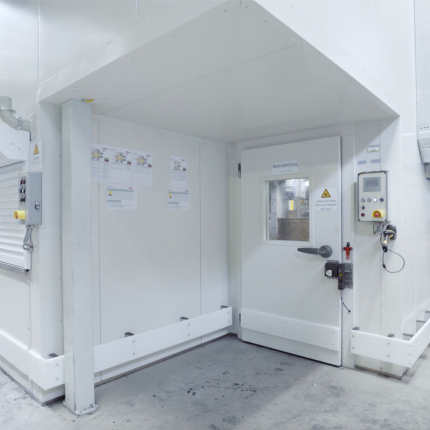Foil stamping
Foil stamping or foil embossing is a process used to manufacture graphite bipolar plates for fuel cells. In this process, a graphite composite material is pressed into a foil and stamped with heat and pressure to create the desired shape and surface structure. Foil stamping allows for the production of bipolar plates with complex shapes and precise contours, resulting in more efficient power generation in fuel cells.
Graphite bipolar plates are an important component of fuel cells, as they serve as both an electrical conductor and a mechanical support. They connect the individual membrane electrode assemblies (MEAs) in a fuel cell and ensure even distribution of water and oxygen. Graphite bipolar plates offer optimal performance and longer life for fuel cells due to their high conductivity and corrosion resistance.
The use of foil stamping in the production of graphite bipolar plates offers several advantages over traditional manufacturing methods. It allows for high precision and efficiency in the production of bipolar plates, resulting in improved fuel cell performance. Additionally, foil stamping allows for the production of bipolar plates in large quantities, contributing to cost-effectiveness.
IAG collaborates with partners to develop solutions for mass production of million units. Customers are involved in the development process, and a machine for large-scale production will eventually be introduced.







